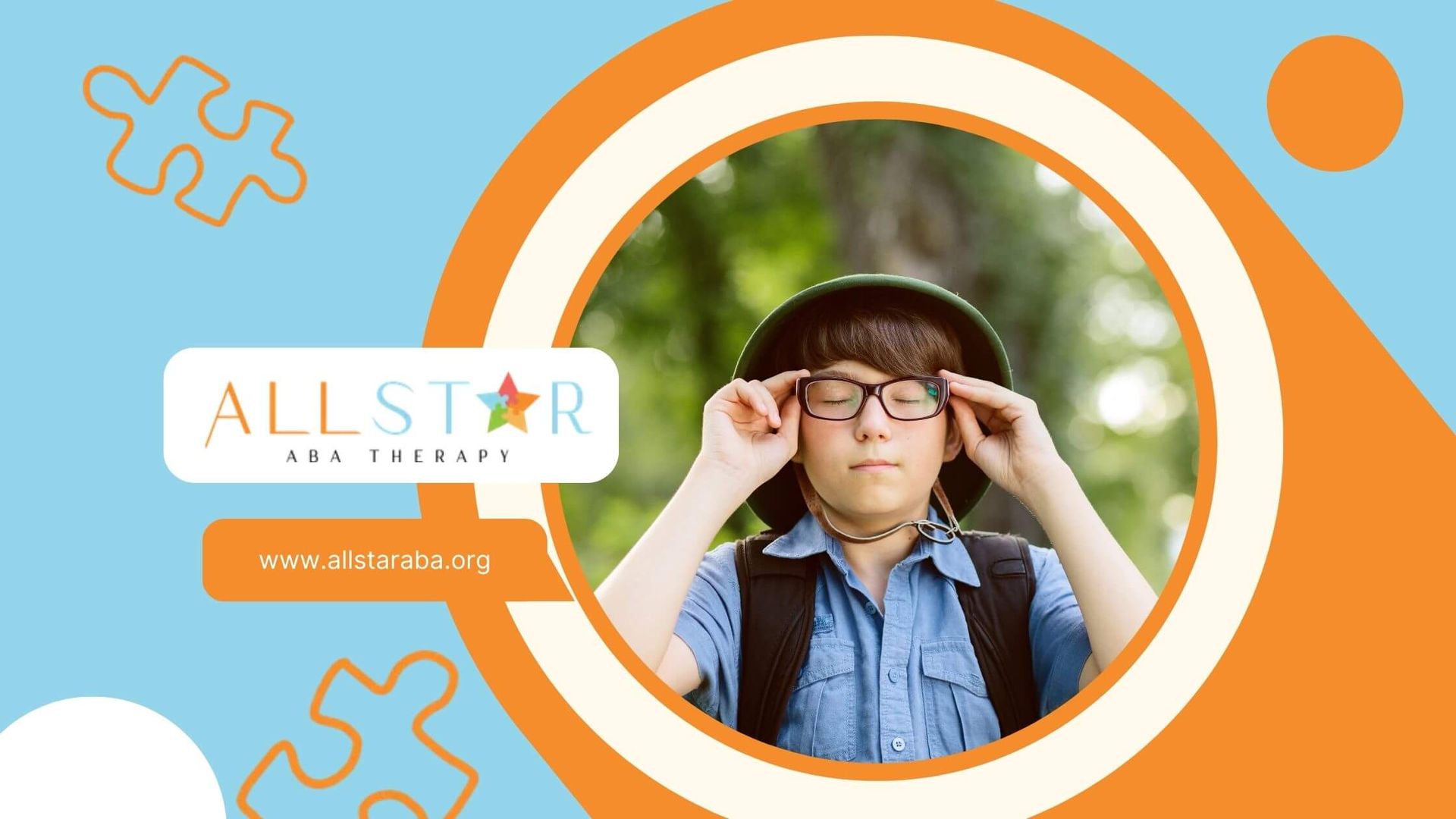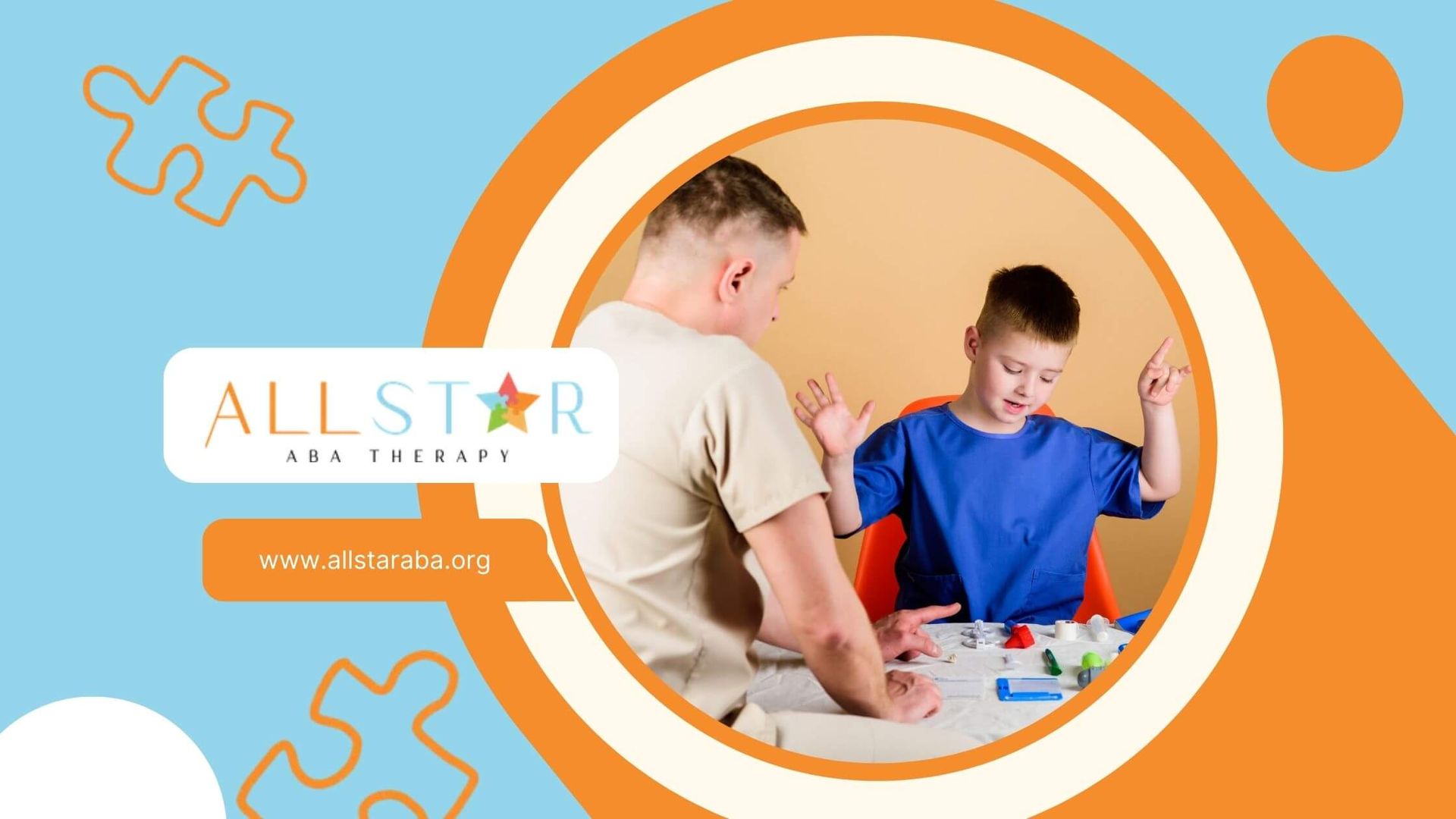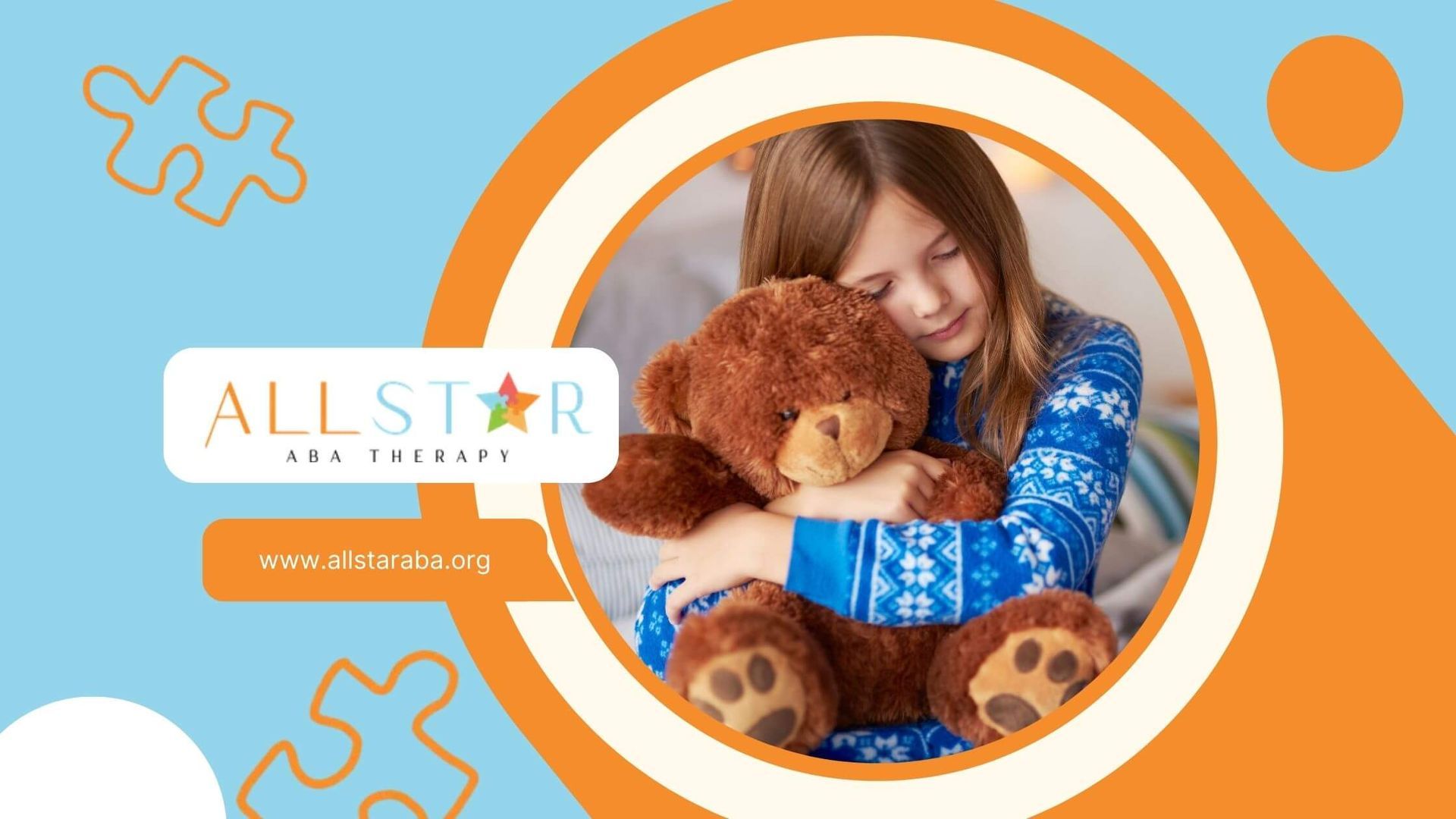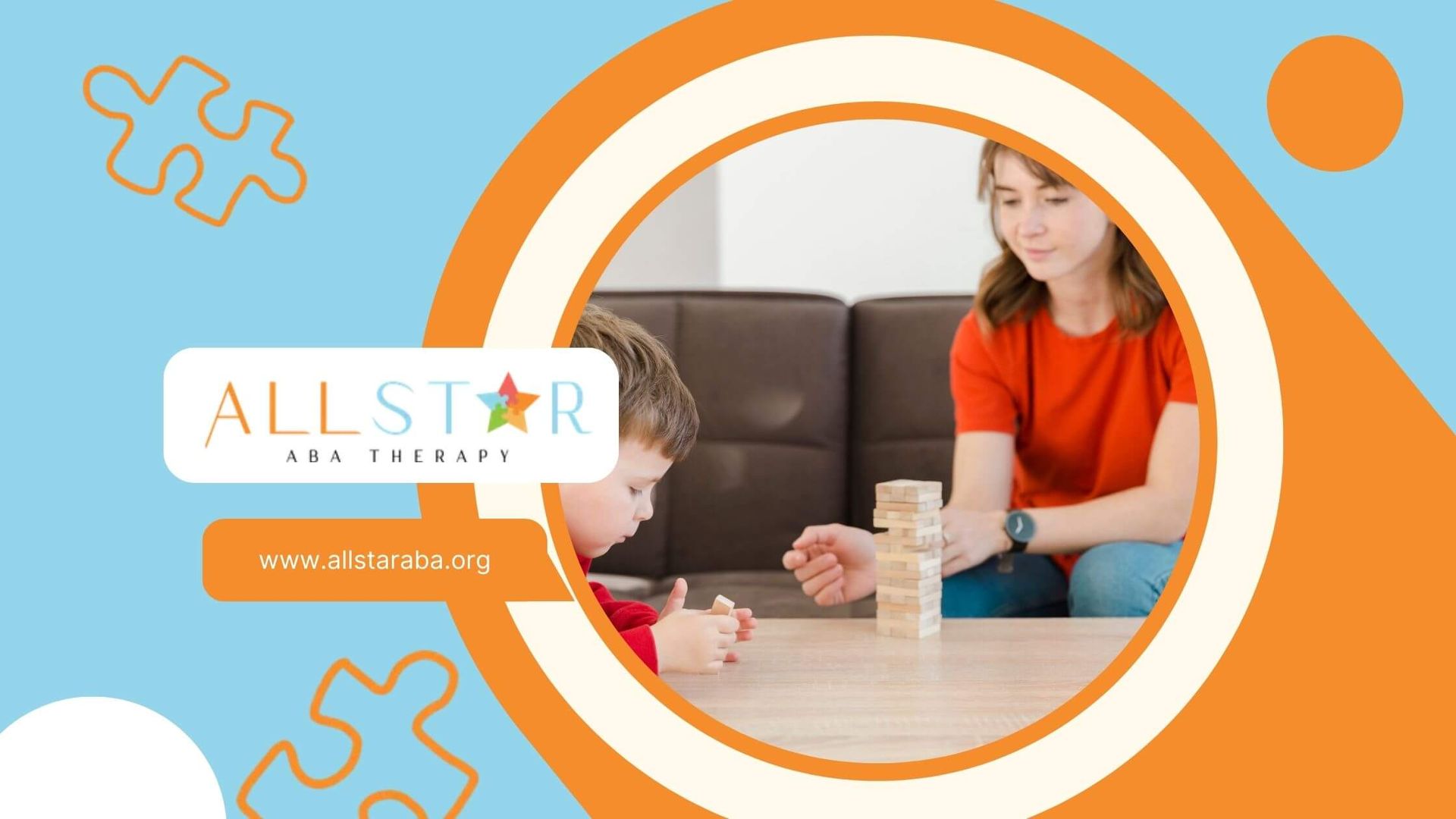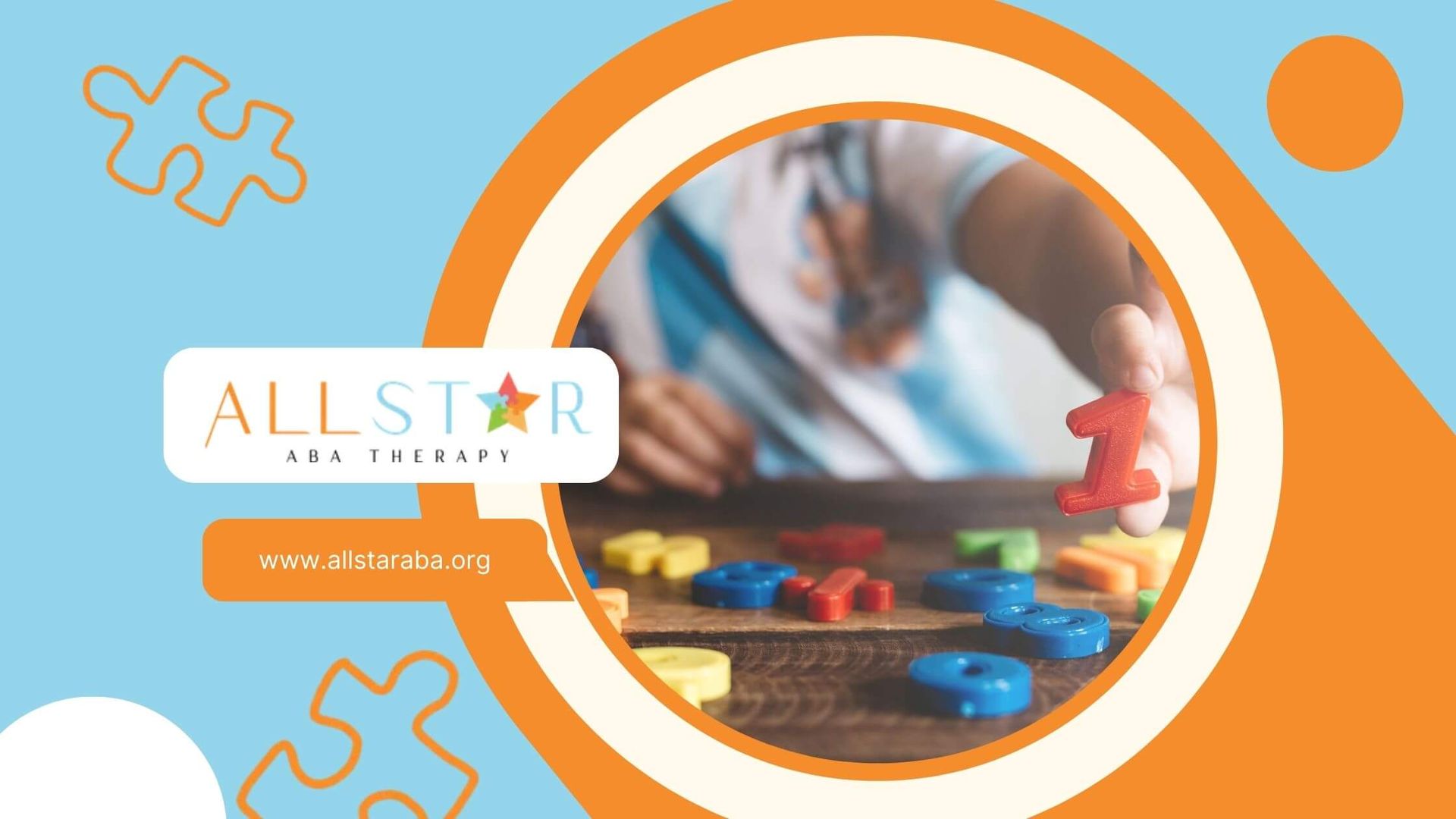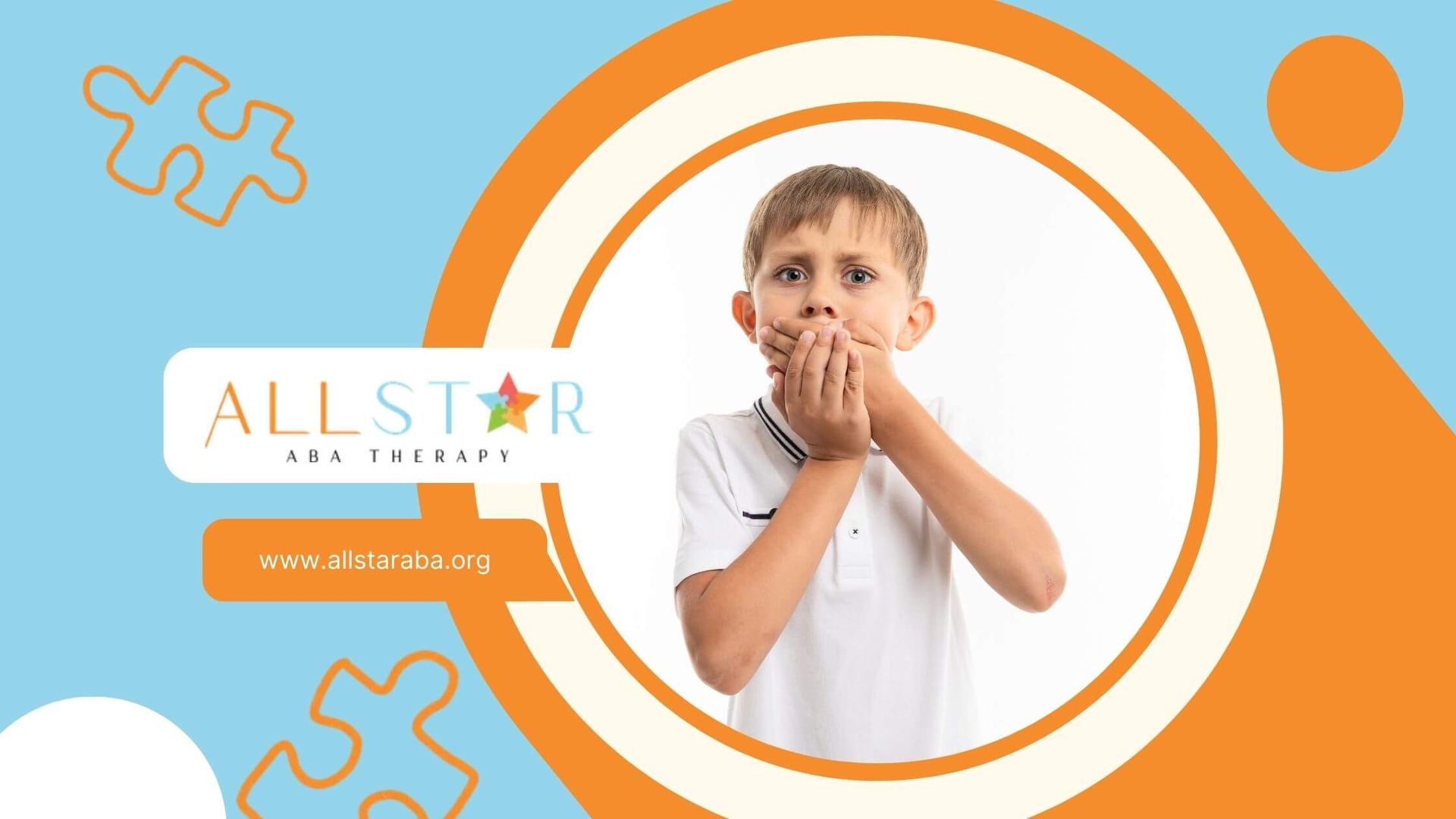New Paragraph
Understanding ABA Therapy for Impulse Control in Children
ABA therapy for impulse control supports children with autism in developing self-regulation skills, reducing sudden outbursts, and improving daily routines. Picture a child pausing before grabbing a toy, recognizing that waiting yields a better outcome. This article explains how Applied Behavior Analysis techniques break down impulses into manageable steps, guiding families, educators, and professionals through evidence-based strategies for lasting progress.
Understanding Impulse Control
Impulse control refers to the ability to pause, think, and choose a response rather than act on the spur of the moment. In children with autism spectrum disorder (ASD), challenges in executive functioning and sensory processing often make self-regulation more difficult. These impulse control struggles can show up as interrupting others, grabbing objects without permission, or sudden emotional outbursts.
Underlying brain differences, such as variations in connections related to decision-making and self-regulation, contribute to impulsivity in ASD. Sensory triggers like loud noises or bright lights can heighten anxiety and prompt immediate reactions. Recognizing these triggers is the first step in creating a supportive environment.
Impulse control deficits affect social interactions, classroom participation, and family routines. Without clear strategies, children may struggle to learn appropriate alternatives to impulsive behaviors. Applied Behavior Analysis offers a structured, data-driven approach to teach self-control in a predictable and reinforcing way.
Principles of ABA Therapy
Applied Behavior Analysis relies on behavioral science to shape positive changes in observable actions. The core principle involves breaking complex skills into smaller, teachable units and using consistent reinforcement to encourage desired behaviors. Over decades, ABA has earned recognition as an evidence-based treatment for ASD.
Practitioners conduct ongoing data collection to monitor progress and adjust techniques. This continuous measurement ensures interventions remain effective and tailored to each child’s unique needs. Behavior plans evolve based on real results rather than theory alone.
Interventions focus on both increasing appropriate behaviors, such as communication and waiting, and decreasing challenging ones. Techniques like prompting, systematic desensitization, and reinforcement schedules work together to build impulse control skills. Collaboration among therapists, families, and educators strengthens consistency across settings.
ABA therapy also emphasizes generalization, ensuring skills learned in the clinic transfer to home, school, and community environments. By teaching self-control in varied contexts, children gain confidence and independence beyond therapy sessions.
Importance of Early Engagement
Early implementation of ABA interventions often leads to better long-term outcomes in impulse control and related skills. Children who begin structured behavioral support before age five may show greater gains in social communication and emotional regulation. Consistency is key as regular reinforcement across multiple environments helps solidify new behaviors.
Frequent, structured sessions create predictable routines that children respond to well. Predictability reduces anxiety and makes impulse control tasks more manageable. When therapists, caregivers, and teachers work together from the start, learned strategies become part of daily life.
Delaying intervention can allow impulsive patterns to become more ingrained, making change more challenging. Early engagement sets a foundation for skill building, preventing escalation of challenging behaviors. As developmental demands increase, children already equipped with self-control strategies adjust more smoothly to new expectations.
Core ABA Techniques
ABA therapy for impulse control uses several targeted techniques to shape behavior. Each technique focuses on understanding the antecedents (what happens before a behavior) and consequences (what happens after). This functional approach teaches children why waiting matters and how to do it successfully.
Positive Reinforcement
Positive reinforcement involves delivering a rewarding stimulus after the desired behavior. When a child waits calmly or follows a rule, immediate praise or a token reward increases the likelihood of repetition. Reinforcement schedules, such as fixed-ratio or variable-interval, help maintain motivation over time.
Differential Reinforcement of Alternative Behaviors
Differential Reinforcement of Alternative Behaviors (DRA) rewards a child for engaging in a more appropriate action instead of the impulsive one. For example, a child might earn a sticker for asking, “May I have that?” rather than grabbing. Over sessions, DRA strengthens replacement behaviors and reduces impulsivity.
Task Analysis and Discrete Trial Training
Task analysis breaks a complex behavior into smaller, sequential steps. Discrete Trial Training (DTT) uses these steps in structured teaching trials. Each trial provides a clear prompt, a response opportunity, and immediate feedback. Gradually, the child masters self-control tasks within a controlled routine.
Pivotal Response Training
Pivotal Response Training (PRT) targets pivotal areas such as motivation and self-management to produce broad improvements. Therapists embed learning opportunities in natural play or daily activities. PRT encourages self-initiated requests and waiting behaviors by reinforcing moments when the child pauses or imitates self-control.
Self-Management and Visual Supports
Self-management strategies teach children to monitor and regulate their own impulses. Visual supports, like cue cards or timers, help them recognize waiting periods and track progress. As children internalize these cues, they become more independent in applying impulse control skills.
Sensory and Environmental Supports
Sensory processing differences can trigger impulsive responses in children with ASD. Addressing these sensory needs alongside behavioral strategies creates a holistic approach to impulse control.
Sensory Integration Therapy
Occupational therapists use sensory integration techniques to help children tolerate sensory input without reacting impulsively. Activities like deep pressure brushing or weighted vests can calm the nervous system. Regular sensory breaks during the day provide regulated outlets for sensory needs.
Environmental Modifications
Simple changes in the physical environment reduce triggers and support self-regulation. Examples include noise-dampening headphones, soft lighting, or a quiet corner with calming objects. Predictable schedules and visual timetables further decrease anxiety by setting clear expectations.
Structuring Effective Interventions
Careful planning and ongoing assessment ensure ABA interventions remain on track. Two foundational tools guide the design of personalized impulse control programs.
Functional Behavior Assessment
A Functional Behavior Assessment (FBA) identifies the specific triggers and functions of impulsive behaviors. By observing antecedents, behaviors, and consequences, practitioners determine why a child acts impulsively and what reinforces it. This insight informs targeted interventions.
Behavior Intervention Plans
Based on FBA findings, Behavior Intervention Plans (BIPs) outline proactive strategies, teaching methods, and reinforcement systems. BIPs define clear goals, step-by-step procedures, and data-collection protocols. Regular team meetings adjust the plan as the child’s skills evolve.
Engaging Families and Educators
Impulse control skills are most successful when consistently reinforced across home and school settings. ABA therapists partner closely with families and educators to build unified support systems.
Parent Training Programs
Training parents in ABA techniques empowers them to implement strategies during daily routines. Workshops and coaching sessions cover reinforcement ideas, visual support setup, and data-tracking methods. When caregivers apply the same approaches as therapists, children receive consistent messages everywhere they go.
Classroom Collaboration
Collaboration with teachers and school staff integrates impulse control goals into the classroom. Visual schedules, reinforcement charts, and predictable transitions help students apply waiting skills during lessons. Ongoing communication between therapists and educators ensures strategies stay aligned.
Session Frequency and Duration
Determining the right intensity of ABA services balances progress with practical constraints. Research suggests that higher-intensity programs, around 20 to 40 hours per week, can lead to faster gains in behavior management, including impulse control. However, even lower intensity schedules yield benefits when consistently applied.
Younger children may respond best to shorter, more frequent sessions, while adolescents can tolerate longer blocks. After an initial intensive phase, many transition to a maintenance phase with reduced hours. This gradual tapering focuses on skill generalization and independence.
Coverage by insurance providers often depends on medical necessity criteria. Families should verify benefits and work with providers to ensure sufficient session time. Flexible scheduling and telehealth options can help maintain consistency when in-person hours are limited.
Tracking Progress and Outcomes
Ongoing data collection is the backbone of effective ABA therapy. Therapists record baseline measures before intervention and track changes over time. Data points may include frequency of impulsive acts, duration of waiting periods, and percentage of correct responses during trials.
Regular progress reviews help clinicians adjust reinforcement schedules, prompts, and task difficulty. Visual graphs or charts offer clear snapshots of improvement, guiding decisions about when to modify or fade supports. Transparent data sharing with families and educators promotes trust and collaborative problem-solving.
Evidence Base for ABA
Numerous studies validate the effectiveness of Applied Behavior Analysis for improving impulse control and related skills in children with ASD. A meta-analysis of 14 randomized controlled trials involving 555 participants found significant gains in socialization, communication, and expressive language with ABA interventions. While some areas, such as daily living skills, showed moderate effects, the overall evidence underscores ABA’s value for behavior management.
Major professional organizations, including the American Psychological Association, recognize ABA as an evidence-based practice. Longitudinal research links high-intensity programs to greater decreases in challenging behaviors and improved executive functioning. These findings support the use of ABA techniques to teach impulse control systematically.
Generalization and Long-Term Benefits
True success occurs when impulse control skills transfer beyond the therapy room. ABA’s emphasis on generalization ensures children apply waiting behaviors at home, in school, and in community settings. Techniques like naturalistic interventions and caregiver training drive this real-world application.
Over months and years, children who master self-control show better peer interactions, academic engagement, and emotional regulation. Reduced impulsivity often leads to fewer disciplinary incidents and smoother transitions through daily activities. As independence grows, families experience less stress and a greater quality of life.
Conclusion
Applied Behavior Analysis offers a clear, systematic path to improving impulse control in children with autism spectrum disorder. By combining evidence-based techniques, such as positive reinforcement, DRA, and sensory integration, with structured assessments and collaborative planning, ABA therapy helps children learn to pause, think, and choose appropriate responses. Families and educators play a vital role in reinforcing these skills across environments.
As a next step, caregivers and professionals should pursue an initial Functional Behavior Assessment to pinpoint specific triggers and functions of impulsive behaviors. From there, a tailored Behavior Intervention Plan can launch the journey toward greater self-control. Consistent data tracking and team communication will guide progress, ensuring long-term success and meaningful gains in everyday life.
At All Star ABA, we specialize in creating personalized ABA therapy plans in Maryland that teach children with autism the tools they need to pause, think, and respond in positive ways. Our BCBA-led team uses proven strategies like positive reinforcement, sensory integration, and Behavior Intervention Plans to improve impulse control and support long-term success. Families are an essential part of the process, and we provide guidance every step of the way.
Contact us today to schedule a consultation and learn how our ABA services can help your child grow with confidence and independence.
Frequently Asked Questions
How does ABA therapy help with impulse control?
ABA therapy teaches children to recognize triggers, practice replacement behaviors, and use reinforcement systems to strengthen self-control skills across different environments.
What is a Functional Behavior Assessment (FBA)?
An FBA is a structured evaluation conducted by a BCBA to identify the triggers and functions of impulsive behaviors, which then informs the development of a tailored Behavior Intervention Plan.
Can parents reinforce impulse control strategies at home?
Yes. Parents play a crucial role by practicing strategies consistently, rewarding appropriate behavior, and communicating closely with the therapy team to maintain progress outside of sessions.
SOURCES:
https://www.ncbi.nlm.nih.gov/pmc/articles/PMC7265021/
https://pmc.ncbi.nlm.nih.gov/articles/PMC1284208/
https://www.appliedbehavioranalysisprograms.com/specialties/aba-aggression-impulse-control/
https://pmc.ncbi.nlm.nih.gov/articles/PMC6716382/
https://www.autismspeaks.org/applied-behavior-analysis
Need Support?
We're Here to Help!
Our experienced team is ready to assist you. Reach out today to discuss how we can support your child's development and well-being.
Get started with expert ABA therapy today.



